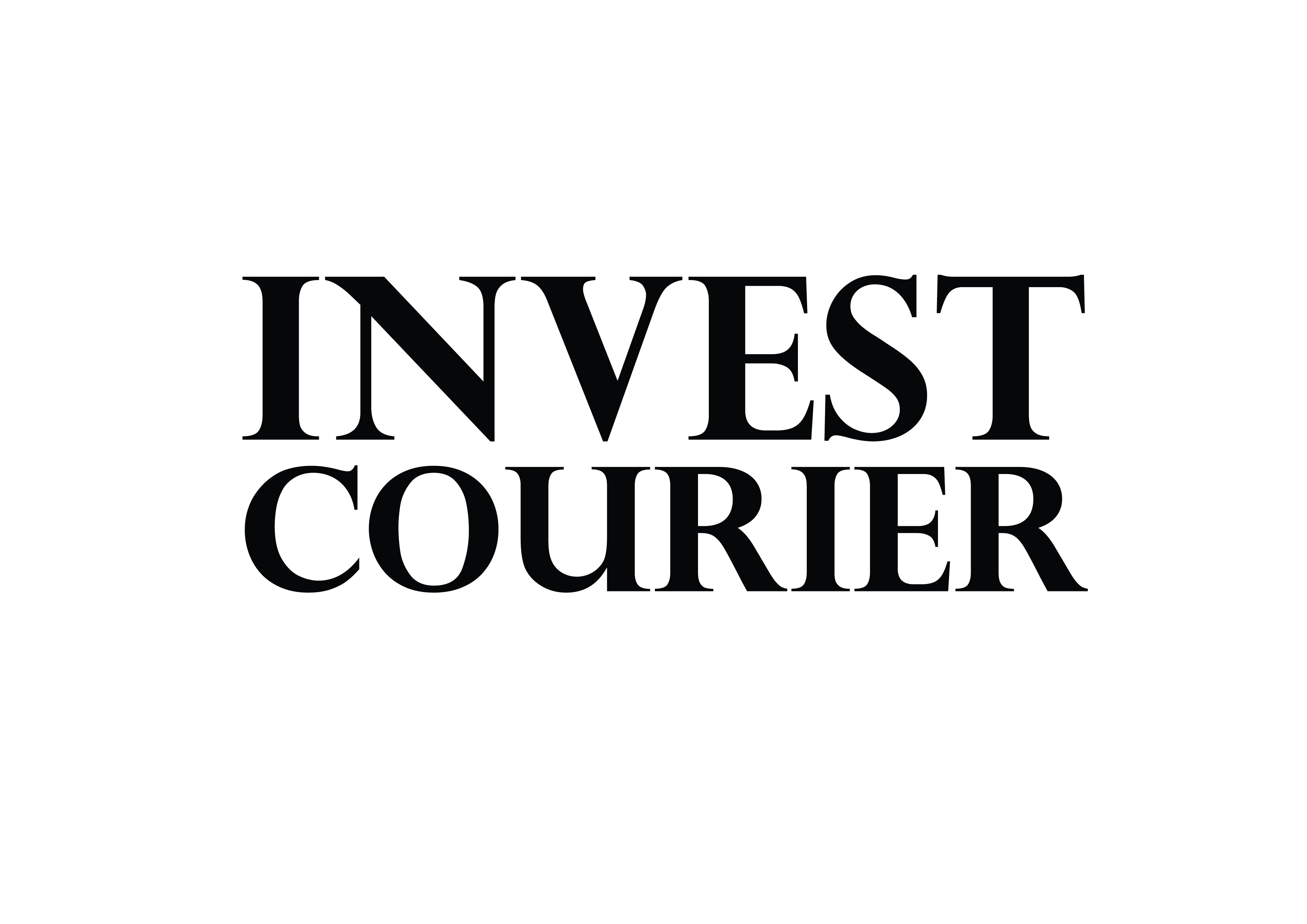Managing your money doesn’t have to feel overwhelming. With zero-based budgeting, every dollar has a job—whether it’s covering bills, boosting savings, or funding your next vacation. This method ensures no dollar goes unaccounted for, helping you stay on track with your financial goals.
As Beau Zhao from Fidelity puts it, “Zero-based budgeting is very intentional. There is no unplanned free cash or spending.” Instead of guessing where your paycheck disappears, this approach lets you direct funds purposefully. Imagine cutting unused subscriptions and redirecting that cash toward an emergency fund—that’s the power of planning.
Ready to transform your spending habits? This guide will walk you through tracking income, trimming unnecessary expenses, and making your money work harder for you.
Key Takeaways
- Every dollar gets a purpose with zero-based budgeting.
- Prevents unplanned spending and aligns with financial priorities.
- Encourages mindful decisions about income and expenses.
- Helps build savings by eliminating wasteful spending.
- Simple adjustments, like canceling unused subscriptions, add up fast.
What Is Zero-Based Budgeting?
Zero-based budgeting flips conventional money management on its head. Unlike traditional methods, it starts fresh each month—no carryover, no assumptions. Every dollar gets a mission, whether it’s covering bills, growing savings, or funding goals.
Understanding the Basics
This approach allocates 100% of your income. Nothing slips through the cracks. Zero-based budgeting forces you to justify every expense, from rent to Netflix. It’s like a financial audit for your habits.
Fidelity’s experts call it “intentional spending.” No random coffees or forgotten subscriptions. Just deliberate choices aligning with priorities.
How It Differs from Traditional Budgeting
Old-school budgets tweak last month’s numbers. Traditional budgeting might roll over $50 for dining out—even if you didn’t use it. ZBB rebuilds from zero. Each expense earns its spot anew.
Companies use this to slash waste. Source 3 notes manufacturers cut costs by questioning every line item. You can too. Audit groceries or gym memberships. Redirect savings to what matters.
- ZBB: Fresh start. Every dollar assigned.
- Traditional: Adjusts past budgets. May hide waste.
Why Choose Zero-Based Budgeting?
What if every dollar you earned had a clear purpose? That’s the power of this method. Unlike vague spending habits, it forces you to confront your money decisions head-on. The result? Stronger financial goals and fewer surprises.
Greater Financial Awareness
Granular tracking reveals hidden spending, like unused subscriptions or impulse buys. Beau Zhao notes, “Usually, people spend first… this method gets them thinking about saving early.” Suddenly, that $10 monthly fee you forgot about becomes extra savings.
Flexibility and Customization
Life changes—your budget should too. Working from home? Shift gas money to debt repayment. Fidelity’s 50/15/5 rule (save 15% for retirement) adapts to your income. Allocate leftover cash to emergencies, not random purchases.
Encourages Proactive Saving
Pay yourself first. Even small adjustments, like redirecting $100 monthly to an emergency fund, add up fast. As Zhao puts it, “Intentional allocations turn wishes into reality.” Your goals—whether a vacation or debt-free life—get the spotlight they deserve.
Potential Drawbacks of Zero-Based Budgeting
Every method has trade-offs—zero-based budgeting is no exception. While it promotes financial clarity, the process requires upfront effort and adaptability. Let’s explore two key hurdles and how to overcome them.
Time-Consuming Process
This method is time-consuming, taking 30% longer than traditional budgeting (Source 3). Detailed tracking of every dollar demands 1–2 hours monthly. For busy individuals, that’s a real cost.
Solution: Automate with tools like Fidelity’s templates or YNAB. Start small—focus on 2–3 categories first (Conklin, Source 2).
| Budgeting Method | Monthly Time Investment |
|---|---|
| Zero-Based Budgeting | 1.5–2 hours |
| Traditional Budgeting | 1 hour |
Challenges with Variable Income
Freelancers or gig workers face variable income swings. Source 1 recommends basing budgets on your lowest-earning month to avoid shortfalls.
Pro tip: Allocate 50% of surplus earnings to future lean periods. This cushions unpredictability while keeping goals on track.
- Time trade-off: More effort, but greater control.
- Income shifts: Plan for volatility upfront.
How to Create a Zero-Based Budget for Better Financial Control
Taking charge of your finances starts with a clear plan. Assigning roles to each dollar ensures nothing is wasted. This method turns vague spending into purposeful action.

Step 1: Calculate Your Monthly Income
Begin with your post-tax earnings. Include side gigs, bonuses, and retirement contributions. Monthly income is your foundation—know it precisely.
Step 2: List All Expenses and Savings Goals
Audit bank statements for fixed costs (rent) and flexible spending (dining). Label expenses as needs or wants. Next, define savings goals, like emergency funds or vacations.
Step 3: Allocate Every Dollar
Assign funds until your balance hits zero. Prioritize essentials and debt repayment. “Miscellaneous” is a trap—give those dollars a real job, says financial coach Jen Conklin.
Step 4: Track and Adjust
Use apps like Mint for weekly check-ins. Overspent on groceries? Shift funds from entertainment. Track progress and adjust as life changes.
Pro tip: Cash envelopes curb overspending in tricky categories like shopping.
Zero-Based Budget Example
Seeing a real-life example makes zero-based budgeting easier to grasp. Below, we’ll break down a monthly plan and show how to adjust when surprises arise.
Breaking Down a Sample Budget
Imagine a $4,000 post-tax income. Here’s how every dollar could be allocated:
| Category | Amount |
|---|---|
| Rent | $1,400 |
| Groceries | $500 |
| Retirement | $300 |
| Emergency Fund | $150 |
| Dining Out | $200 |
| Entertainment | $100 |
| Remaining | $1,350 |
Notice how nothing is left unassigned. Even the extra $1,350 could go toward debt or vacations.
Adjusting for Real-Life Scenarios
Scenario 1: Windfall. A $500 bonus arrives. Split it:
- 50% to credit card debt
- 30% to vacation fund
- 20% for fun
Scenario 2: Emergency. A $300 medical bill hits. Pause entertainment and slash dining out to $100 temporarily.
Source 1 recommends annualizing irregular expenses (like holidays). Save $50/month for gifts instead of scrambling in December.
Pro tip: If income drops 10%, reduce flexible categories first. Cut dining out by half before touching essentials like groceries.
Tips for Sticking to Your Zero-Based Budget
Small habits make a big difference in financial discipline. Whether you’re new to budgeting or refining your strategy, these tactics keep you on track.
Leverage Budgeting Tools
Apps like Empower sync with your bank to automate tracking. Fidelity’s retirement calculators align spending with long-term goals. “Automation reduces human error,” notes a Smart Money report.
For hands-on learners, cash envelopes curb impulse buys. Allocate physical cash for categories like groceries—when it’s gone, spending stops.
| Tool | Best For |
|---|---|
| Empower | Automated tracking |
| Fidelity Calculators | Goal alignment |
| Cash Envelopes | Impulse control |
Schedule Regular Reviews
Biweekly reviews compare planned vs. actual spending. Pull credit card statements to spot leaks. Shift $50 from clothing to utilities if heating costs spike.
Source 2 warns: “Unchecked credit card spending drains savings.” Stay proactive—adjust before small slips become big setbacks.
Build in Flexibility
Allow a 5–10% buffer for surprises like car repairs. If income drops, trim flexible categories first. Flexible plans adapt without derailing progress.
- Bank on apps for real-time updates.
- Revise your plan quarterly as priorities shift.
- Celebrate wins—like redirecting saved funds to debt.
Who Benefits Most from Zero-Based Budgeting?
Certain financial situations gain more from zero-based budgeting than others. If you crave structure or need to redirect cash flow, this method delivers results. Salaried workers, debt battlers, and future-focused savers often see the biggest wins.
Individuals with Fixed Incomes
Steady paychecks make planning easier. Teachers, nurses, and other fixed-income earners can allocate funds precisely. Source 1 notes it’s “ideal for salaried workers” since expenses and earnings are predictable.
For example, a $3,500 monthly paycheck might split like this:
- 50% to essentials (rent, utilities)
- 20% to debt or savings
- 30% to flexible spending (groceries, hobbies)
Those Looking to Reduce Debt
Zero-based budgeting cuts debt 25% faster (Source 2). By assigning extra funds to high-interest balances, progress accelerates. A case study showed $8k cleared in 12 months through strict allocations.
Pro tip: Prioritize credit cards or student loans. Even small shifts—like $100 extra monthly—add up fast. Pair this with recession planning to safeguard against setbacks.
Goal-Oriented Savers
Dreaming of a house or early retirement? This approach turns wishes into action. Automate 15% to a Roth IRA or 529 plan—“pay yourself first” becomes effortless.
Freelancers can adapt too. During high-earning months, stash cash for emergency reserves. Aim for 3–6 months’ expenses to cover lean periods.
“Zero-based budgeting forced me to confront wasteful spending. Now, every dollar moves me closer to my financial goals.”
Conclusion
Financial freedom starts with intentional money moves. Zero-based budgeting turns vague spending into clear progress toward your financial goals. Every dollar has a job—whether it’s covering bills or boosting savings.
Start small. Track one category, like groceries, before overhauling your entire budget. As Fidelity notes, this method adapts to inflation or income shifts, keeping you in control.
For ongoing strategies, pair your plan with their Smart Money newsletter. Ready to begin? Download a free template and share your success stories. The best budget is the one you stick to—make yours count.
FAQ
What makes zero-based budgeting different from traditional budgeting?
Traditional budgeting often rolls over past spending habits, while zero-based budgeting starts fresh each month. Every dollar gets assigned a purpose, ensuring intentional spending and saving.
Is zero-based budgeting good for people with irregular incomes?
It can work, but requires extra effort. Estimate your lowest expected monthly income first, then adjust as earnings come in. Apps like YNAB or EveryDollar help manage fluctuations.
How often should I review my zero-based budget?
Weekly check-ins keep you on track. Monthly reviews help refine categories. Life changes—like a new bill or pay raise—mean immediate updates for accuracy.
What’s the biggest mistake to avoid with this method?
Forgetting emergency funds. Always allocate dollars for unexpected costs before dividing the rest. Even /month builds a safety net over time.
Can zero-based budgeting help pay off debt faster?
Absolutely! By assigning every dollar, you’ll spot wasteful spending. Redirect those funds to debts—like credit cards—using strategies like the debt snowball method.
Do I need special tools to start?
Not necessarily. A simple spreadsheet works, but apps like Mint or Goodbudget automate tracking. Choose what fits your comfort level.
What if my expenses exceed my income?
Prioritize essentials (rent, groceries). Cut non-essentials (dining out, subscriptions). If gaps persist, explore side gigs or negotiate bills to balance your budget.


